Blockchain Beyond Speculation: How Crypto Technologies Are Reshaping Developing Countries
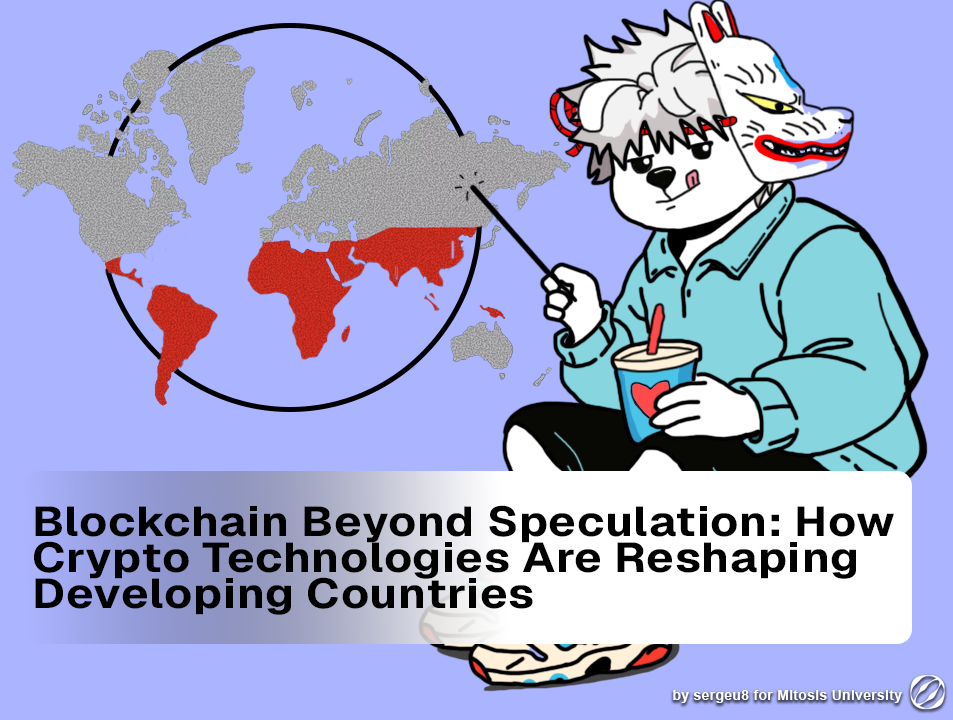
While Western regulators debate the future of cryptocurrencies, blockchain is already being implemented across the Global South to solve real-world problems. Young Africans and Latin Americans are using crypto not for speculation, but as a tool to overcome financial limitations and accelerate innovation. At the Africa Bitcoin Conference in 2024, Block CEO Jack Dorsey stated:
«Africa is a region with massive potential where Bitcoin can have a real impact on people’s lives».
This article explores practical use cases of blockchain and digital currencies in Africa, Asia, and Latin America, along with an analysis of government strategies and associated risks.
Cryptocurrencies for Real Needs
In Africa, the adoption of crypto technologies began from the grassroots level: students, freelancers, and migrants send funds across borders using stablecoins and Bitcoin, bypassing limited banking infrastructure and high fees. As noted by Kevin Imani, head of StarkWare Africa Venture Studio:
«Many students from Kenya and Nigeria received digital currencies from abroad but struggled to convert them into local currency».
According to Ray Youssef, founder of the P2P platform NoOnes:
«Cryptocurrencies have become a real lifeline for people in developing countries - a vital tool for those in the Global South».
A similar trend is visible in Latin America. In Bolivia, amid a dollar shortage and the highest inflation in 40 years, more and more people are turning to Bitcoin and the stablecoin USDT. According to the Central Bank, by October 2024, the volume of crypto transactions had reached $24 million and has grown significantly since. Local entrepreneurs in Cochabamba are installing crypto ATMs and accepting Bitcoin payments.
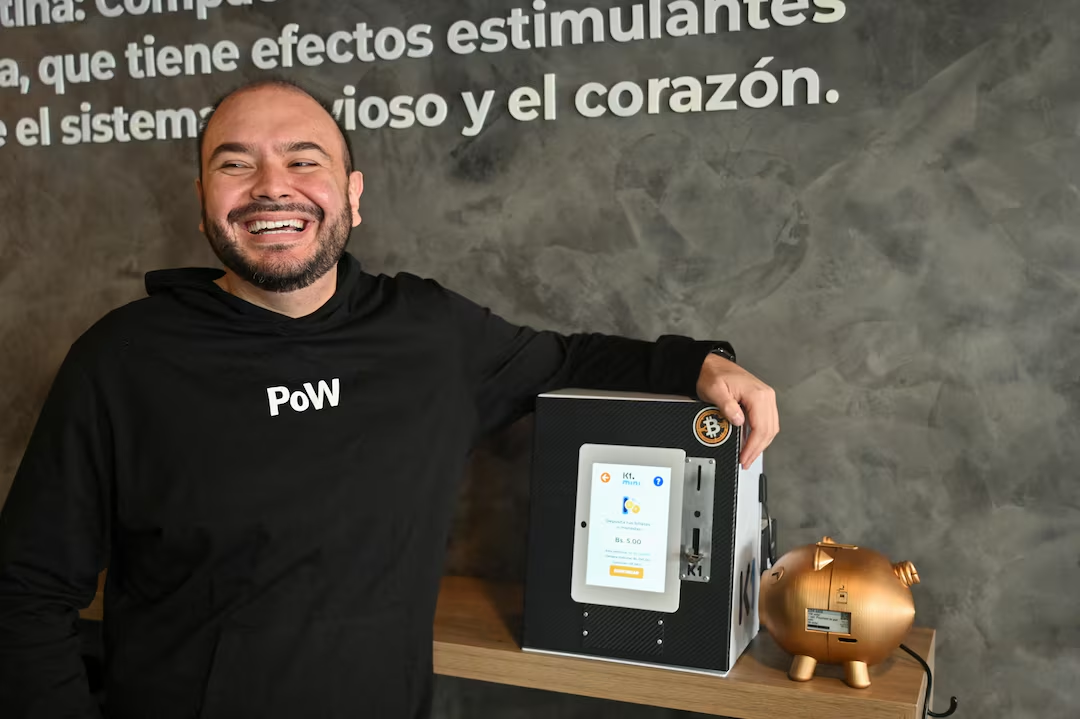
Restaurant owner Pablo Unzueta stated:
«If you go to the bank today, there are no dollars. Paying for chicken with Bitcoin is the most innovative thing our city can do».
However, economists warn that rapid crypto adoption doesn’t signal economic stability. Former Central Bank head José Espinoza sees it as a symptom of currency devaluation, while researcher Peter Howson warns «cryptocolonialism» - where the poor are encouraged to invest their last savings in high-risk assets.
Innovative Infrastructure Solutions
Beyond finance, blockchain is helping solve infrastructure challenges. In rural Zambia, surplus energy from mini-hydro plants is used for Bitcoin mining, creating a self-sustaining system: excess energy generates income from increasingly valuable digital assets. Bhutan has adopted a similar model - its government secretly built several hydro-powered mining farms. Since 2020, the country has mined over 12,000 BTC, valued at about $1.3 billion - nearly 40% of its GDP. The mining revenue helped boost public servant salaries and build significant foreign reserves.
Blockchain is also improving connectivity. In areas of Africa and Asia with poor telecom coverage, decentralized Wi-Fi networks are emerging, where users share bandwidth and receive instant rewards via smart contracts. In Bangladesh, the «Digital Bangladesh» initiative is fostering tech parks (e.g., Hi-Tech Park in Kaliakoir) and e-government systems, supported by mobile infrastructure development.
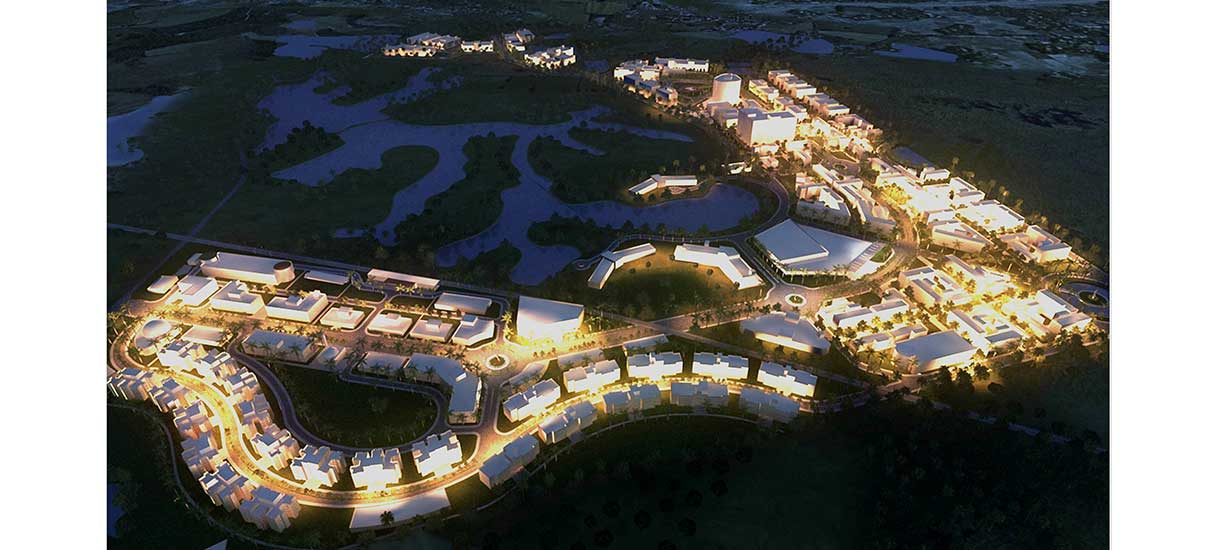
Yet sustainability concerns arise. Alongside tech ambitions, Bangladesh faces an ecological crisis: Dhaka consistently ranks among the most polluted cities in the world, over 75% of forests have been lost, and many rivers are biologically dead. Experts warn that deploying data centers and digital systems without accounting for environmental impact may worsen the situation.
Government Strategies and Risks
Governments in developing countries remain cautious with crypto. In Africa, regulators in Kenya, Nigeria, and South Africa focus on consumer protection and are not rushing full-scale blockchain integration.
However, crypto advocate Kevin Imani is optimistic:
«The need is there. The technology is here. The only question is how we bridge the gap».
In Asia, the approach varies: Bangladesh has banned cryptocurrencies outright, applying laws on currency exchange and anti-terrorism. In 2024, the central bank piloted a digital taka (CBDC), but its practical use remains limited. Nevertheless, according to Triple-A:
About 2.5% of the population owns crypto assets - mostly via the shadow market and overseas transfers.
The global landscape is pushing governments to explore new paths. Two standout examples from the Global South - Bhutan and India - have shown contrasting but effective strategies. While Bhutan ramped up mining to boost reserves, India’s ruling party has proposed creating a «sovereign Bitcoin reserve». BJP spokesperson Pradeep Bhandari argues:
«A state-run Bitcoin fund would be a strategic move toward economic resilience». He notes that the U.S., China, Russia, and Brazil are already advancing crypto initiatives, and India should follow suit by establishing clear regulations and holding Bitcoin in reserve.
Experts caution, however, that lack of experience and volatility could hurt vulnerable populations. Bolivian economist Peter Howson describes the trend «not as a revolution, but a reaction of desperation». Technical solutions must be paired with public awareness - enabling citizens, small businesses, and authorities to act together and with intention.
Conclusion
In practice, innovation in the Global South is rising «from the bottom up» - sometimes outpacing outdated systems in wealthier countries. As NoOnes CEO Ray Youssef put it:
«The Global South isn’t just participating - it’s leading by example. The rest of the world will follow».
Financial instability, infrastructure gaps, and even environmental crises are driving blockchain adoption where it’s truly needed. This real-world experience is shaping the direction of the global economy: developers and regulators alike must now prioritize mobility, offline access, and reliability - features already in demand on the ground.
The main takeaway: digital assets are no longer abstract trading tools. In the developing world, they’re becoming part of daily life and the financial system. The question is whether this «cryptolocery» (from Latin locus, meaning «place») will serve all layers of society - not just a narrow elite. With the right priorities, Global South countries may chart the course for the digital economy of the future.
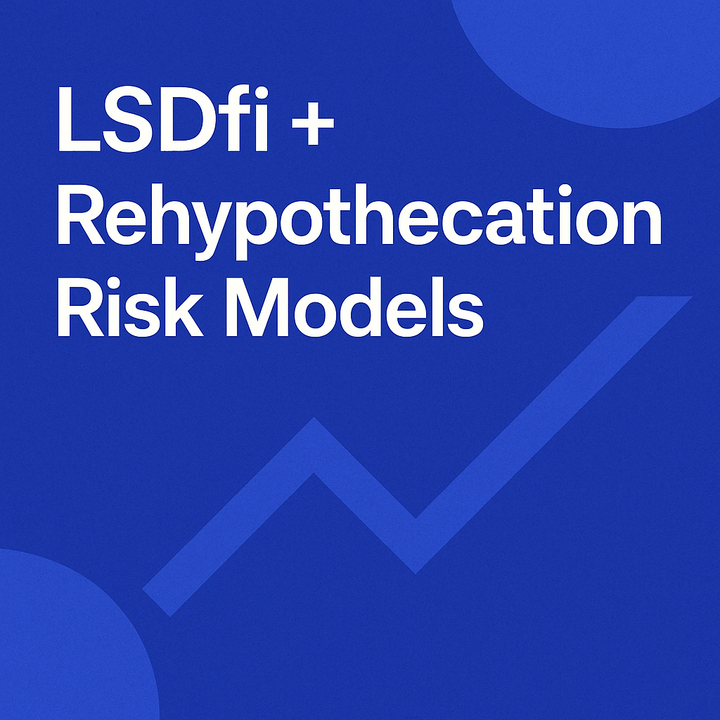
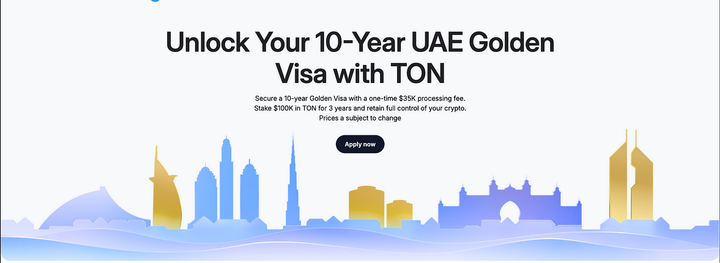
Comments ()